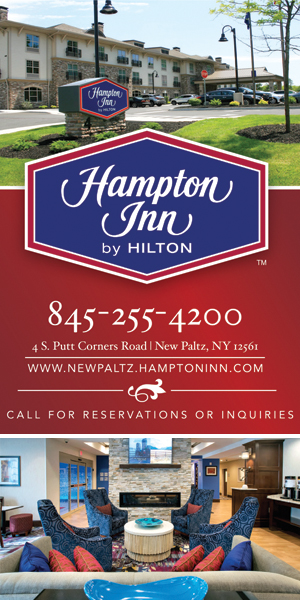Gomez Mill House
Summer 2013
|
Few buildings can boast the varied American stories that took place in the Gomez Mill House. You’ll meet five important families whose tenancy spanned not just the centuries, but impacted important epochs of history in ways that continue to reverberate. In 1654, Luis Moses Gomez’s ancestors fled the tyranny of the Spanish Inquisition. In 1705, after arriving in the American Colonies, Gomez purchased an Act of Denization from Queen Anne of England giving him all the rights to conduct business and own property without the required oath of allegiance in the name of the Church of England—Gomez was a Sephardic Jew. The house he built in 1714-15 is just one of his legacies: He and seven other Jewish leaders contributed to steeple construction at Trinity Episcopal Church in New York City. He also served as president of congregation Shearith Israel, America’s oldest Jewish congregation. The Gomez Mill House is the oldest surviving Jewish homestead in North America. The second family of note was the Ackers who bought the house in 1772. They added an elegant second story made from bricks whose clay was mined nearby on the Hudson River. The house became a center of activism building up to 1776. Wolfert Acker took up arms against the British in the War of Independence by enlisting in the Minuteman Militia. After the war, Acker ran mills (wood and grist), and operated a Hudson River packet sloop service and a ferry service for passengers. In 1835, Edward Armstrong purchased the Mill House, but chose to build a new mansion on the Danskammer with its Hudson River vista. Edward’s son, William, and his wife, pictured here, took up residence at the Mill House where they raised fruit and berries, and horses and dogs. Their landscaping is still visible at the site. Another of the Mill House inhabitants, 1912-1918, was Dard Hunter. Hunter was a prominent member of the Arts and Crafts movement which hailed hand crafts and simpler design. It was a quiet rebellion against the fussiness of the Victorian era. Hunter was a famous handmade paper maker and designer. His talented Roycrofter colleagues engaged in many other crafts and visual arts, including illustrations for the original printing of the Wizard of Oz by W.W. Denslow. Roycrofter signature designs may also be seen in stained glass and iron work at the Gomez house, and be sure to note the door knocker Denslow designed—a stylized seahorse. Hunter built a new paper mill reminiscent of an English cottage with a thatched roof. He purchased Mill House from John A. Staples, a furniture craftsman and a friend of Gustav Stickley. Another influence of Stickley in the area was via his position on the Board of Trustees of the Riordan School in Highland on Chodikee Lake. Social activist Martha Gruening owned Mill House from 1918-1925, which she purchased to establish a Libertarian school. Gruening, a vociferous activist for civil, women’s and worker rights was arrested numerous times while protesting for various causes, most always summarized as “People’s Rights.” Gruening was a Smith College graduate (class of 1909) and came from a well-known family; her father was an eminent physician and her brother would eventually become a prominent public official. Gruening herself wrote for many publications and helped edit a short-lived pacifist magazine, The Dawn, in Greenwich Village, at the time of one of her arrests. She held a law degree from New York University (awarded 1912). From 1911-1914, Gruening served as an assistant secretary to the National Board of the National Association for the Advancement of Colored People (NAACP); she and the prominent African American cofounder of the NAACP, W. E. B. Du Bois, were appointed by the NAACP to investigate a race riot that broke out in East St. Louis, Illinois, in 1917. On August 23, 1917, she traveled to Houston, Texas, to report on the race riot there involving members of the all-black Twenty-fourth Infantry. Martha encouraged tolerance and the rights of all people. Learn more about American history. Visit the site. See hours and fees online. 11 Mill House Road, Marlboro. 845-236-3126, www.gomez.org |
